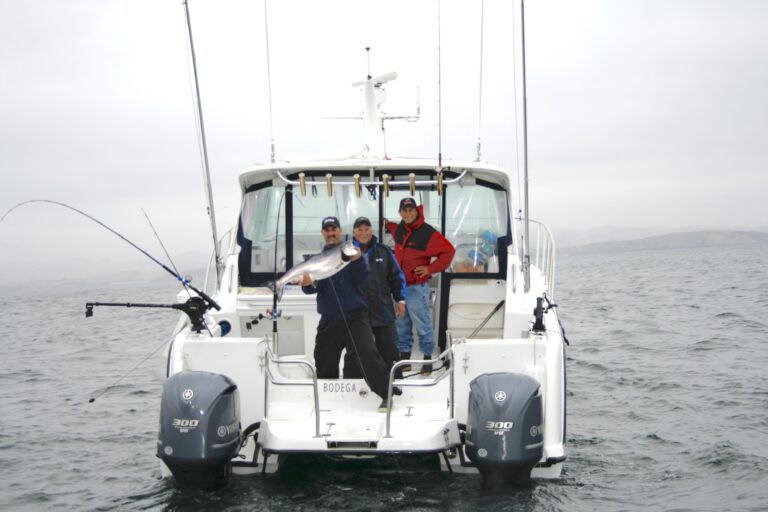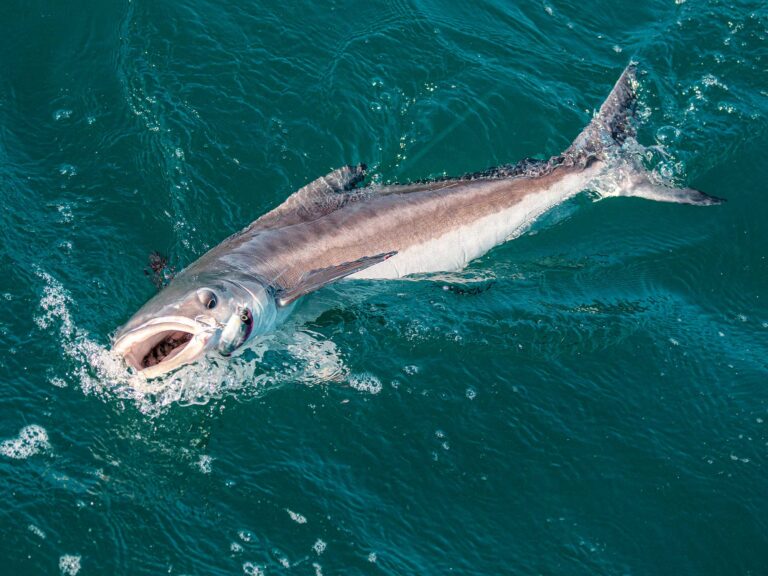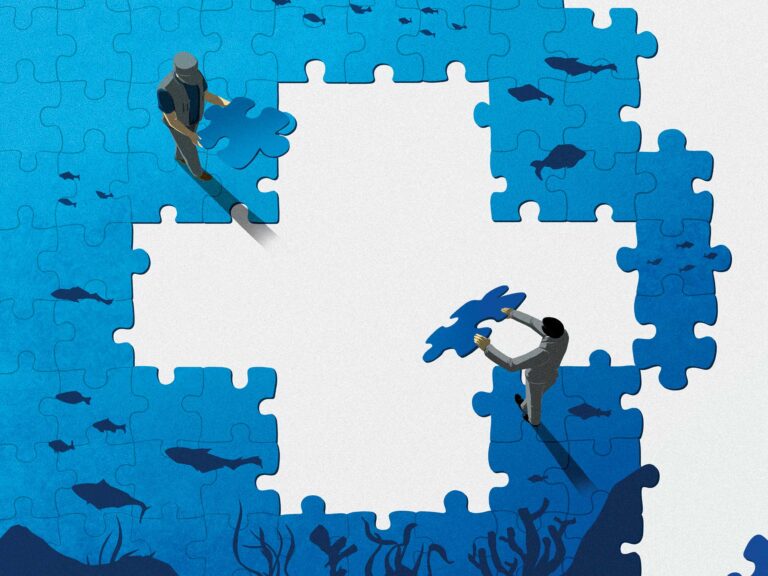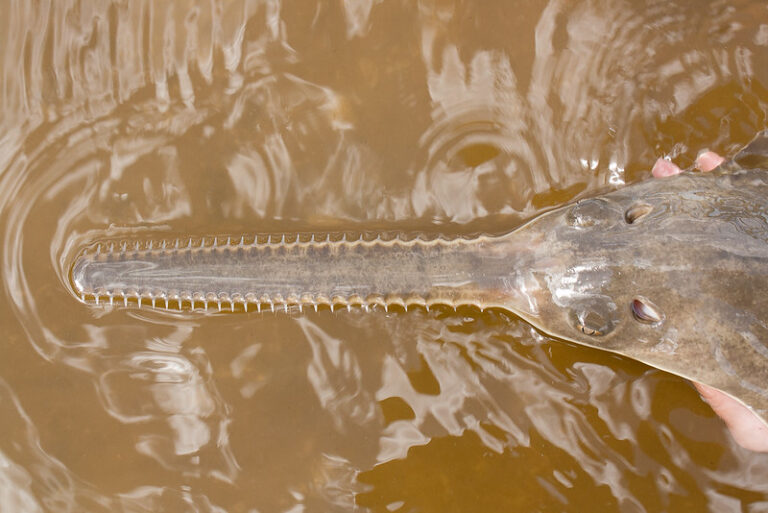Back in February, I wrote about the growing trend of aquaculture expansion, some of which is being funded by the U.S. Department of Commerce national aquaculture policies (see “Unintended Consequences,” February 2012). My main concern was and is how all these fish get fed, as well as the contingent issues of disease, escapement and parasite concentration with at-sea pens. Since that time, I have received feedback from readers and found some interesting new (at least to me) information worthy of passing along.
Beyond the issue of whether these pens should be in the ocean at all is the amount of food required to feed all these fish. Quick calculations indicate it would require approximately 8 billion pounds of forage fish to meet the National Aquaculture Policy goal of producing 200 million fish averaging 10 pounds. That represents only the U.S. need for forage base, and we have been behind the curve compared to the rest of the developed world. It quickly becomes obvious that one of the benefits derived from aquaculture, reduced pressure on wild fish, will be wiped out by depleting the forage species that wild fish depend on.
So what is the answer, beyond requiring everyone to eat tofu or veggie burgers? In the February article, I noted that research was under way to develop non-fish-based feed that would produce the same omega protein benefits found with wild fish. What I have learned since is that in some areas, this effort has moved beyond research and been implemented. In other areas, it is still being researched and perfected, but there are commonalities.
I received correspondence from Tony Smith, then of Dragon Feeds, in Wales, Great Britain, which is now under an umbrella company called Factorweb. The company started making a pelletized feed for the shrimp-culture industry. This was done with tank-raised polychaetes, marine worms sometimes called bristle worms. Some familiar examples of that family are lugworms, sandworms and clam worms.
Those grown for feed do not have to be of uniform size, as demanded by the bait market. After developing the shrimp feed, the company moved into aquarium food production. Its polychaete-based feed produced healthier fish with substantially richer coloration. Its next step has been into the aquaculture feed arena.
The goal was to produce a non-fish-meal-based feed. The company developed a process to combine crystalline amino acids with the protein structure of vegetable proteins, such as soya protein concentrates. Polychaetes were added to produce an award-winning feed for salmonids. The process used to grow the polychaetes uses vegetable protein and waste from food processing, such as fish processing and even beer making. So part of this could be self-sustaining.
The company is now experimenting with growing algae to replace fish oil in feeds. Some algae contain as much as 30 percent oil, and some research has indicated that algae is the source of omega protein in fish, which bioaccumulates up the marine food chain.
At the same time, researchers at the Institute of Marine and Environmental Technology, part of the University of Maryland, have developed plant-based feeds that have been tested in several aquaculture venues with striped bass, cobia and Mediterranean sea bream.
The researchers also have focused on using agricultural products, such as wheat, corn or soy, mixed with algae meal to replace the fish oil. If forage fish such as menhaden are accumulating omega-3 fatty acids by consuming the algae, it makes sense to eliminate the middlemen — the menhaden — in the equation.
Taste testing on some of the species grown with the plant and fish oil diets has been done at the Center for Food Science and Technology, also at the University of Maryland. So far there is no discernible difference. The next step is to do the same with non-fish-oil feed. One negative is that the algae meal carries a slightly higher expense. This drawback may be offset by the benefit of having a product grown in self-contained systems with fewer antibiotics and contaminants that bioaccumulate up the marine food chain.
While not the final answer to what is a very real need, this news is good. I suspect that there is a lot more going on in this field than I am currently aware of. In the final analysis, technology has a tendency to get us into these situations, and technology will produce the solution that gets us out of this mess. Now that is food for thought!









